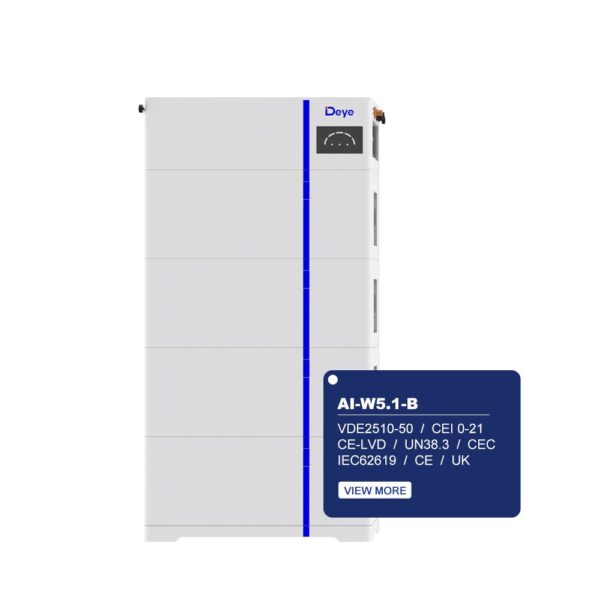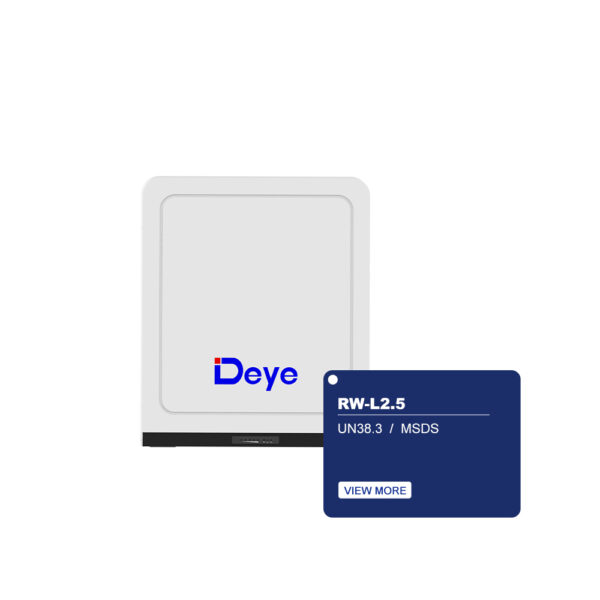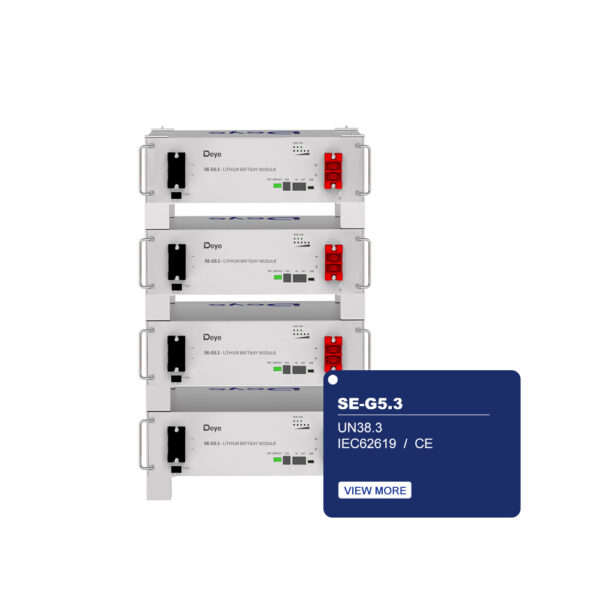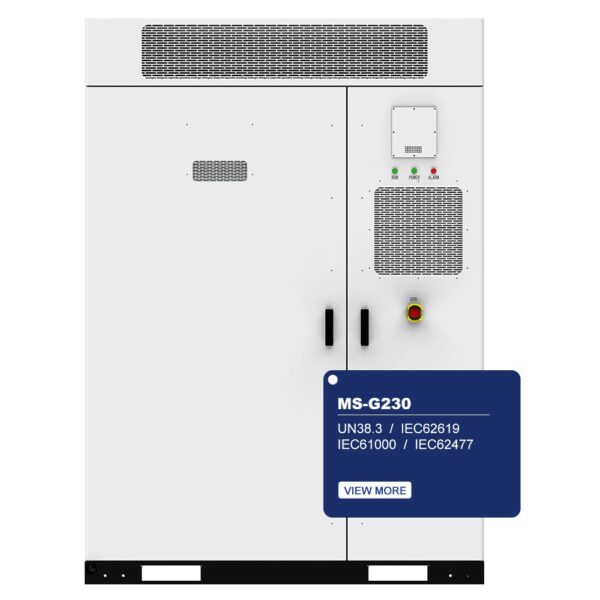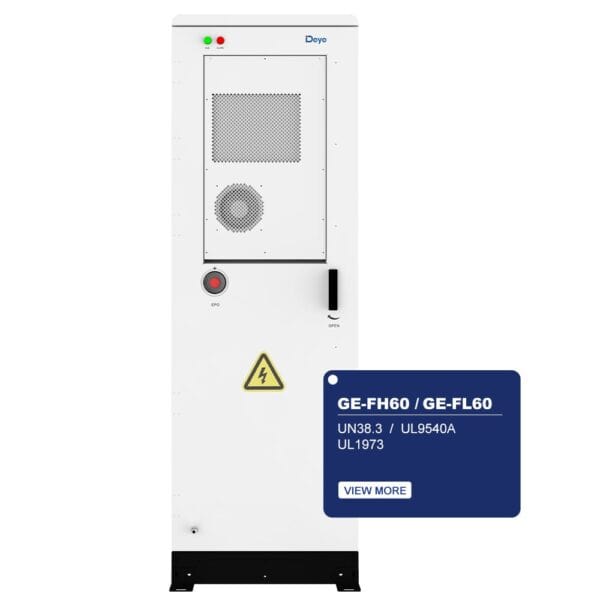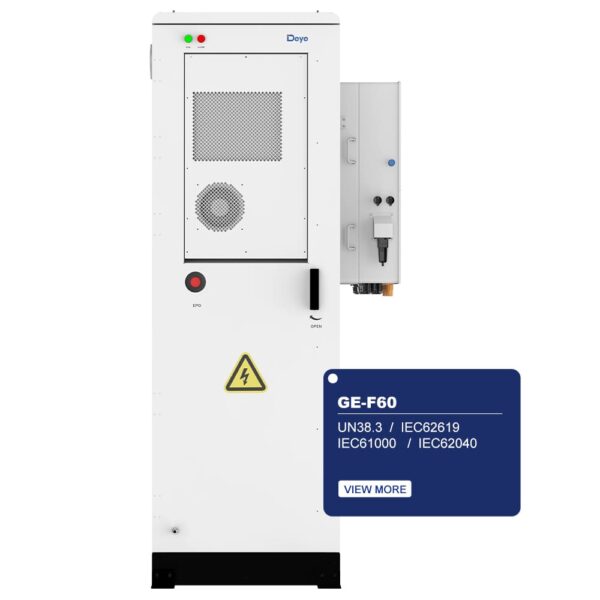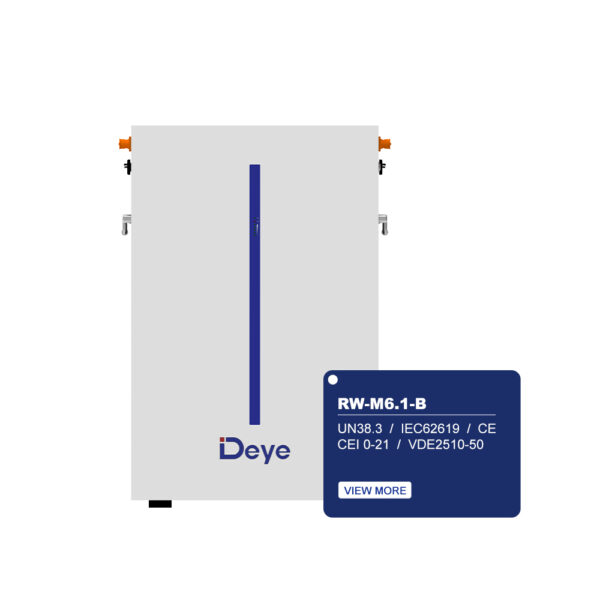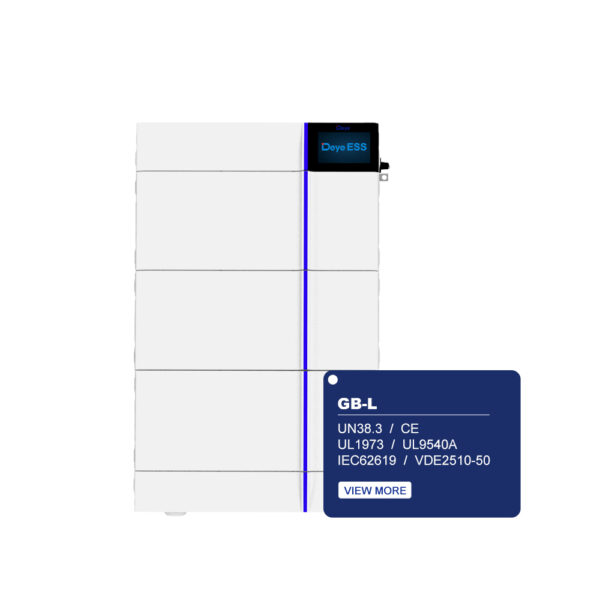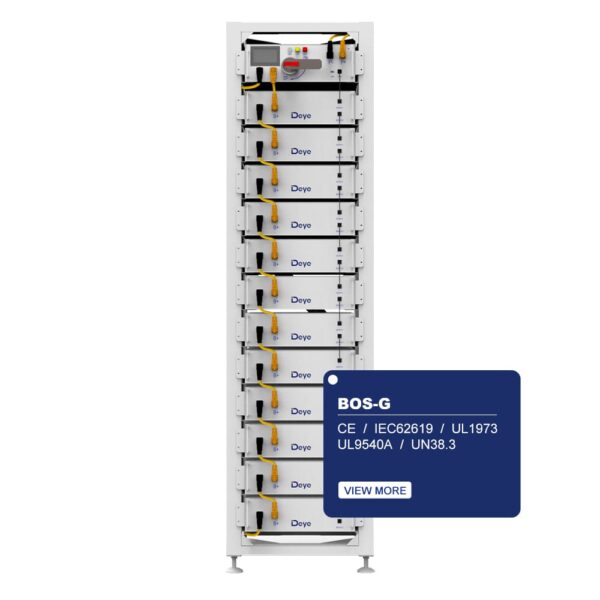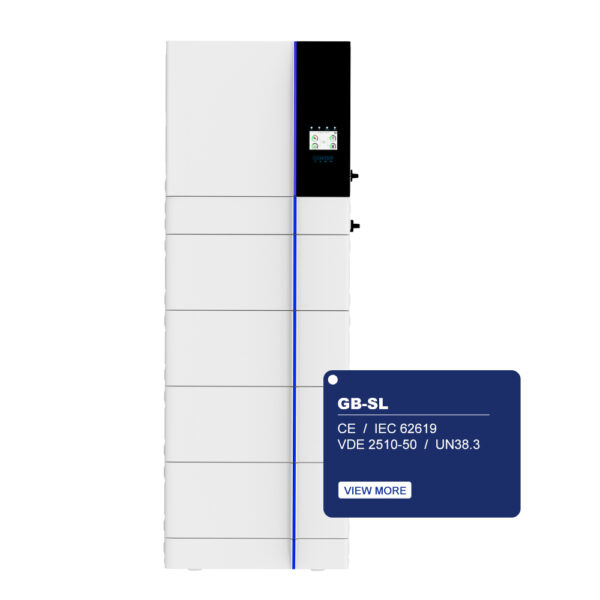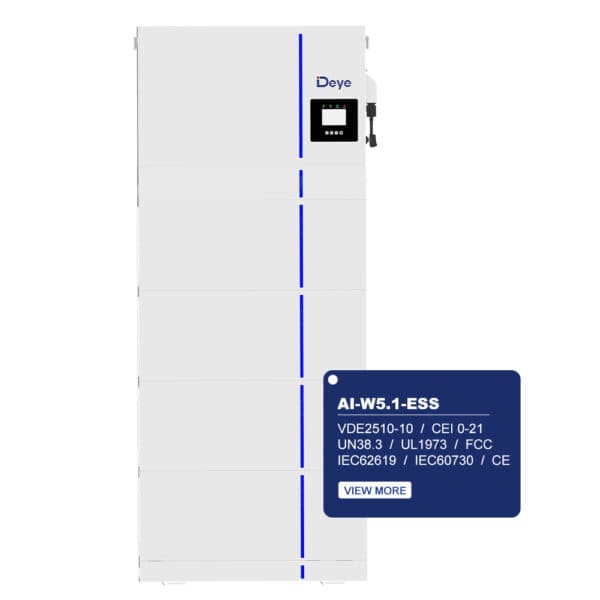ESS Battery
Empowering Your Business with Advanced Energy Storage Solutions
At DEYE, we are offering a comprehensive portfolio of ESS battery products tailored for the wholesale market. Our mission is to provide businesses like yours with the tools and technology needed to navigate the evolving energy landscape efficiently and sustainably. Explore our range of energy storage solutions designed to meet the diverse needs of your clients.
Low Voltage Series: Streamlined Energy Solutions for Residential Applications
Our Low Voltage Series is crafted with precision to offer seamless integration into residential settings, providing a reliable and efficient energy source. These systems are designed for ease of installation and operation, making them an ideal choice for your clients looking for hassle-free solar energy solutions. With minimal maintenance requirements, our low-voltage solutions ensure customer satisfaction by delivering consistent performance.
High Voltage Series: Robust Power for Commercial and Industrial Use
For clients with larger energy demands, our High Voltage Series delivers the robust performance necessary for commercial and industrial applications. Engineered to manage higher loads, these systems are the perfect solution for businesses aiming to optimize their energy usage. Our high-voltage solutions offer unmatched efficiency and reliability, empowering your clients to sustain their operations with confidence.
Unmatched Safety and Quality
Our commitment to safety and quality is unwavering, as evidenced by our adherence to international certifications such as IEC62619 and VDE2510-50. These certifications underscore the reliability and safety of our products, providing you with the confidence to offer DEYE solutions to your clients.
Technical Superiority and Innovation
At DEYE, technical excellence is our hallmark. Our ESS battery products boast industry-leading efficiency rates, with inverter efficiency reaching up to 97.60% and charging/discharging efficiency of 95.50%. Our meticulous approach to battery technical specifications ensures optimal performance, enabling your clients to maximize their energy storage capabilities.
Partner with Us
Elevate your product offerings and meet the growing demand for sustainable and efficient energy solutions by partnering with NINGBO DEYE ESS TECHNOLOGY CO., LTD. Request a quote today and join us in our mission to transform the energy landscape. Our team is dedicated to supporting your business needs and providing tailored solutions that align with your client's specific requirements.
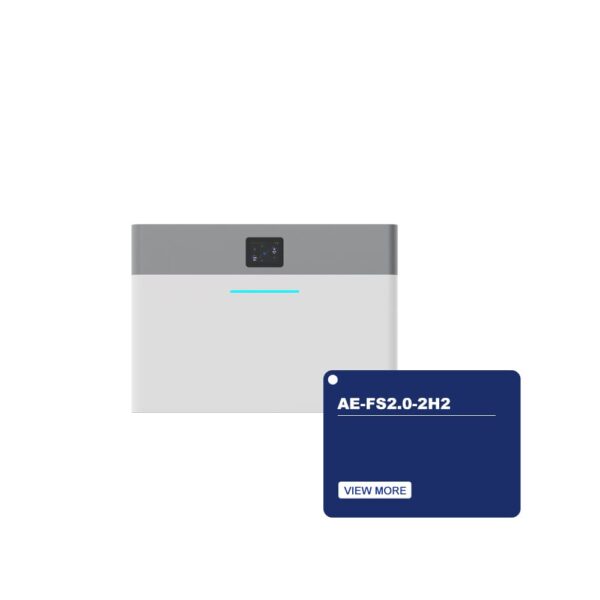
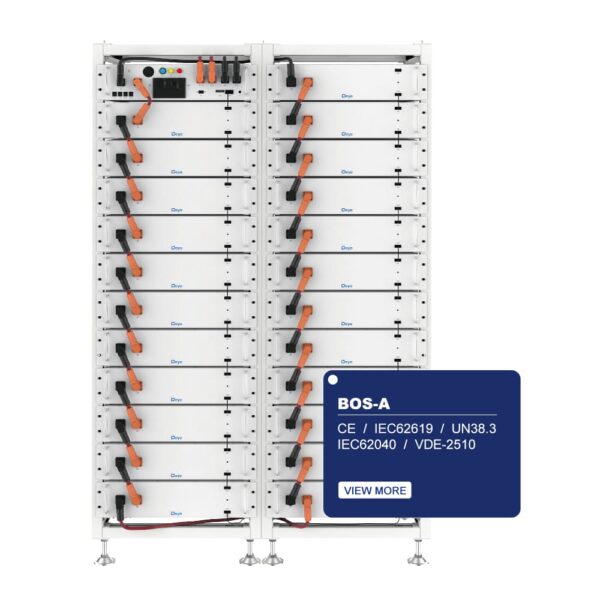
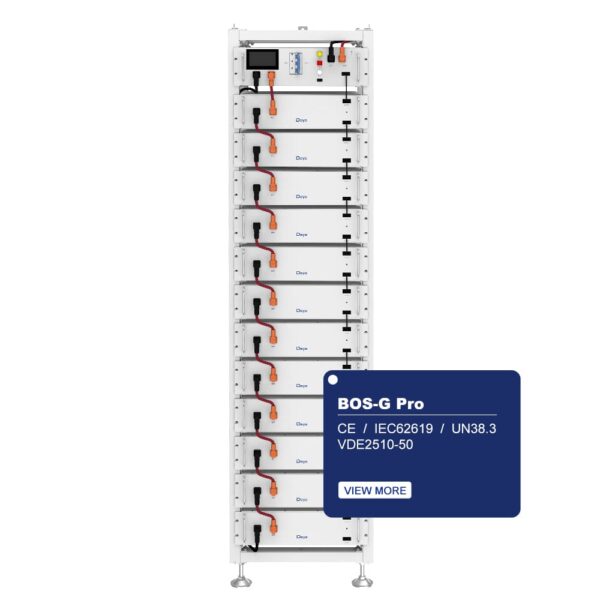
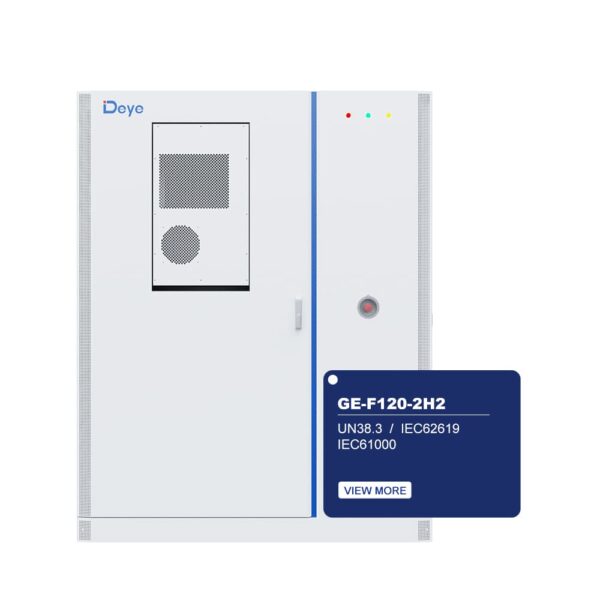
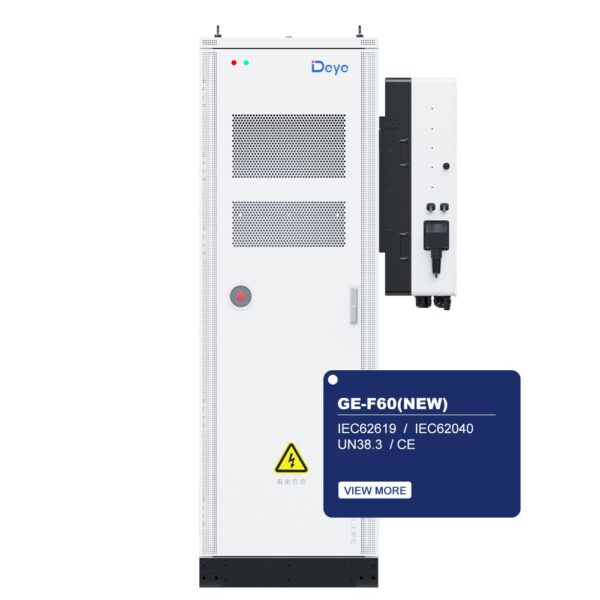
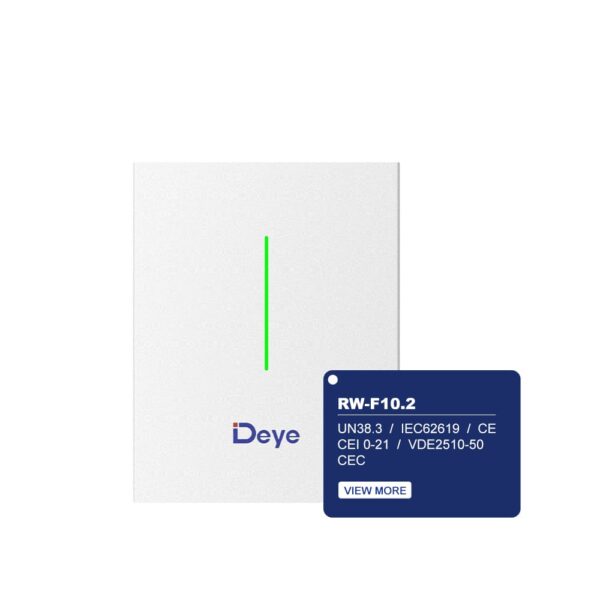
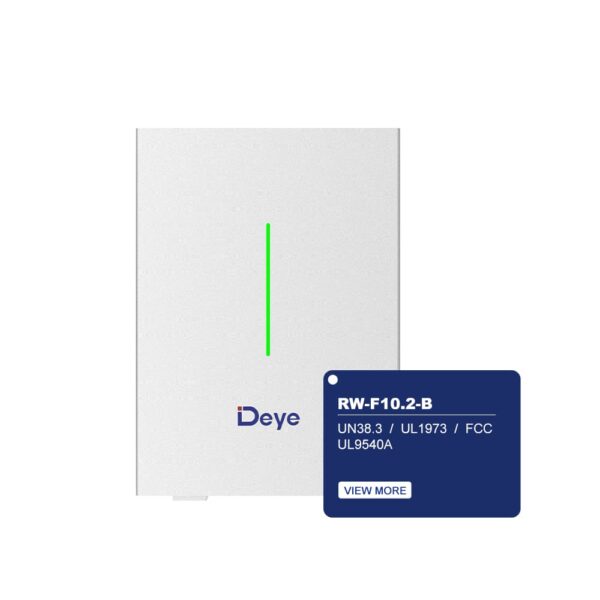
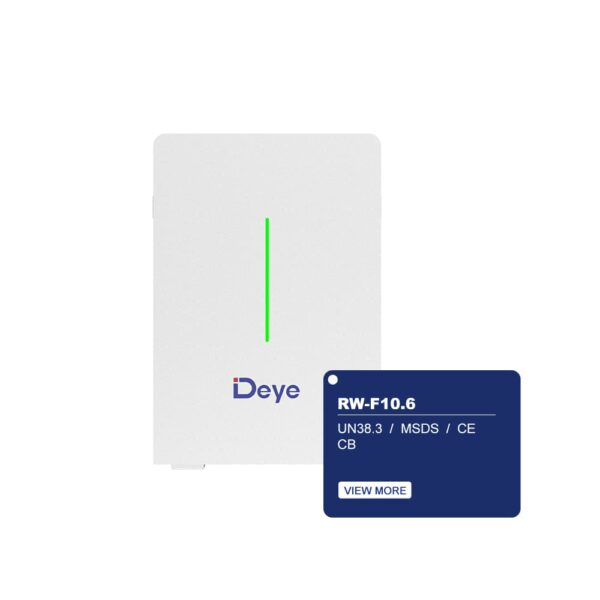
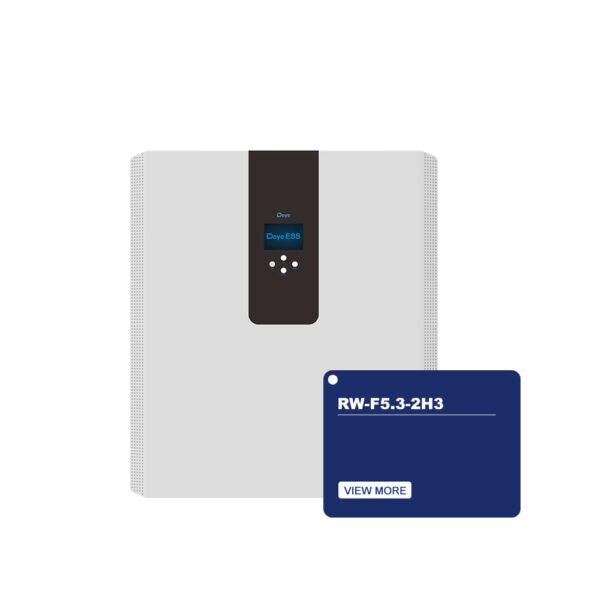
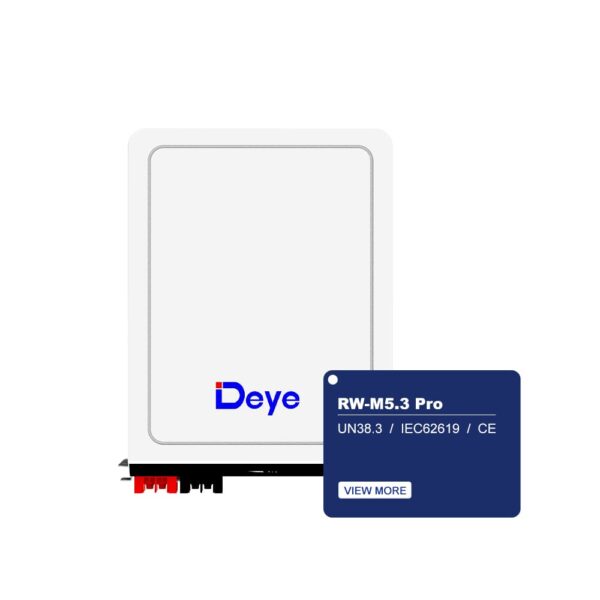
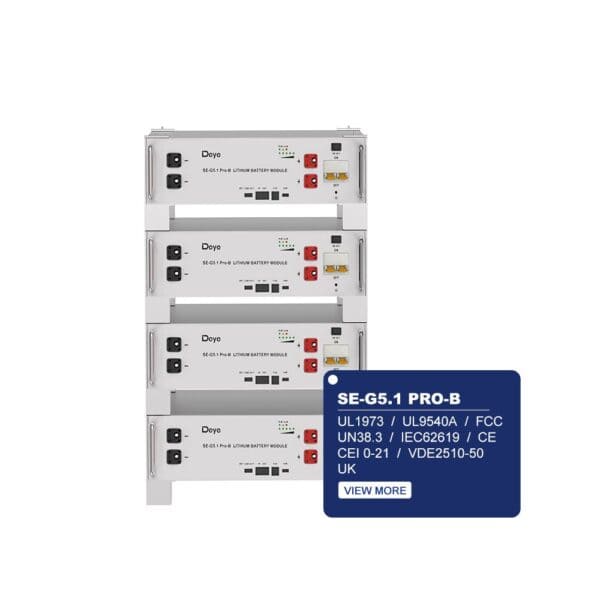
-600x600.jpg)
